Booking battleships of the type "Sevastopol"
The reservation scheme of Sevastopol at the time of entry into operation seems to be well-known, but, oddly enough, not a single source contains a complete and consistent description.
Stronghold
The basis of the vertical protection was the 225 mm armored belt 116,5 m long, but information about its height varies: either 5,00 or 5,06 m. It is reliably known that the upper edge of the armored belt reached the middle deck. Most sources indicate that, with a ship's normal displacement, the main armored belt towered 3,26 m above the water. Accordingly, it went 1,74 or 1,80 m below the water, depending on how high the armored belt is. But dear S.E. Vinogradov in The Last Giants of the Russian Imperial fleet"Gives a diagram according to which the height of the armored plates of battleships of the" Sevastopol "type was 5,06 m, while in the normal displacement above the water it should be 3,33 m, and below the waterline, respectively, 1,73 m.
In length, the main armored belt completely covered all engine rooms and boiler rooms, as well as the main caliber artillery barbets, there are no discrepancies in the sources. Most of them also indicate that the 225 mm belt closed in the bow and in the stern with 100 mm traverses that formed the citadel. But here A. Vasiliev in his book “The First Battleships of the Red Fleet” for some reason claims that “Special armored traverse transverse bulkheads were not provided.”
End reservation
In the bow and stern, the main armor belt continued with armor plates of the same height, but 125 mm thick. Everything seems to be clear if it were not for the “Sevastopol battleship reservation scheme” compiled based on the materials of the Russian State Autonomous Naval Archive, presented in the monograph by A. Vasiliev.
It can be seen on it that between the 225-mm armor of the citadel and the 125-mm armored belts of the extremities there are some “adapter plates” whose thickness is not indicated. It can be assumed that the thickness of these plates was also “transitional,” that is, it was less than 225 mm, but more than 125 mm.
All sources agree that the bow was fully booked up to the stem, but there are ambiguities about the stern. Presumably, this was the case: behind the barbet of the 4th tower of the main caliber, battleships of the Sevastopol type had a tiller compartment. From the sides of the ship it was protected by a 125-mm armored belt, and from the stern - by an inclined beam 100 mm thick. According to A. Vasiliev, in the hold, this beam had 125 mm of thickness. So, in all likelihood, the 125-mm armored belt continued until this armored beam, leaving the last few meters of the stern without protection. On the other hand, the above “Scheme” seems to hint that the board still had a 50 mm reservation in this area. It is possible and quite likely that this stern area really had no side protection, but the lower armored deck with bevels in this area was thickened to 38 mm.
Upper armor belt
There are also some ambiguities with him. It is known for certain that the upper belt started from the ship’s stem, but its height is incomprehensible - usually 2,72 m, but the author came across a figure of 2,66 m, while S.E. Vinogradov - even 2,73 m. The upper belt protected the space from the upper to the middle deck, while above the citadel it had a thickness of 125 mm, and over 125 mm armored plates of the tip - 75 mm. It didn’t continue to the stern from the citadel, so from the edge of the barbet of the 4th tower to the stern stern of battleships of the Sevastopol type between the upper and middle decks they did not have protection.
But with traverses at the level of the upper belt, everything is not easy. But this issue should be considered in conjunction with the reservation of barbets.
Shatterproof Armored Bulkheads
Everything seems to be simple here. Beyond the upper 125 mm armored belt, between the upper and middle decks, battleships of the Sevastopol type had additional protection in the form of 37,5 mm bulkheads, and behind the main 225 mm armored belt, between the middle and lower decks, bulkheads 50 mm thick. Considering the fact that from the lower edge of the 50 mm bulkheads and 225 mm armored belts were connected by armored bevels, it turned out that the most important parts of the ship had two-layer protection.
Unfortunately, there were some discrepancies in the sources. So, A. Vasiliev indicates that longitudinal anti-shatter bulkheads went along the entire length of the main armor belt. However, the schemes cited by him refute this statement. According to them, only 225 mm bulkheads went along the entire length of the 50 mm armored belt, and 37,5 mm were shorter - they did not adjoin the 100 mm traverses, but only to the barbets of the 1st and 4th GK towers.
Thus, while the 225 mm belt and the 50 mm bulkhead behind it protected the supply pipes of the bow and stern turrets of the main gun, then the 37,5 mm armored bulkhead did not. But this, again, if the scheme is correct, and not the statements of A. Vasiliev.
Barbets and Traverses
Information about booking barbets is also very controversial. It is reliably known that over the upper deck the barbets of the 1st, 2nd and 3rd towers of the Civil Code had 150 mm of armor. At the same time, almost all sources say that the 150 mm section ended precisely on the upper deck, and below, between the upper and middle decks, the thickness of the barbets of the 2nd and 3rd towers of the Civil Code was only 75 mm.
However, if you look at the schemes of battleships, you get the impression that the 150-mm section of the barbet still did not end at the level of the upper deck, but continued a little further down so that a shell that hit the armor of the upper deck at an acute angle and pierced it would fall in 150 mm armor plate.
Whether it is true or not, the author is not known for certain. Similarly, the thickness of the barbet's protection from the middle deck and below is not indicated anywhere.
But, in any case, the defense of the barbets of the 2nd and 3rd towers of the Civil Code is more or less clear: this is a 150-mm “ring” at the tower, further somewhere, but not lower than the upper deck, decreasing to 75 mm and having such thickness down to the middle deck, and possibly further. I must say that the barbets of these GK towers in the space between the upper and middle deck of the barbets were protected quite well. In order to get to the supply pipe at this level, the projectile needed to break through the 125 mm upper belt, then the 37,5 mm fragmentation bulkhead and then another 75 mm barbet, and a total of 237,5 mm spaced armor.
Another thing is the 1st and 2nd towers of the main caliber. As mentioned above, judging by the scheme, the 37,5-mm armored bulkheads were adjacent to the rear side of the barbets: for the 1st GK tower - in the part facing the stern, for the 4th GK tower - respectively, to the bow. Thus, between the upper and middle deck, the supply pipes of the bow and stern turrets of the main guard protected only 125 mm of the upper armored belt and 75 mm of the barbet, and only 200 mm of spaced armor. But further in the nose, the upper armored belt had only 75 mm, and in the stern it did not continue at all! To compensate for this weakness, part of the first tower barbet turned to the nose was thickened to 1 mm, and the part of the fourth tower barbette turned to the stern - up to 125 mm thickness. Thus, from the bow and stern angles, these towers also protected 4 mm of armor, the only difference was that in the nose it was 200 mm armored belt and 200 mm barbet, and in the stern - 75 mm barbet. In fact, it can be said that the barbate of the 125th tower of the Civil Code from aft angles received the best protection - nevertheless, the 200 mm armor plate was more resistant than the spaced reservation of 4 + 200 mm. At the same time, judging by the diagrams, part of the 125th tower barbet, towering above the upper deck and facing the stern, also had a thickness of 75 mm, in contrast to the 4 mm of the other three GK towers.
Here, however, the question arises. The fact is that the aft 100-mm traverse, apparently, protected the supply pipe of the 4th turret of the main missile defense only to the level of the middle deck. And, since the barbet section, which had a thickness of 200 mm, had a very limited area, and the rest of the barbets of the 4th tower of the Civil Code had the same 75 mm, it seemed to be a whole “gate” - the shell could fly under the upper deck and hit 75 mm barbet. Sources do not give a direct answer to this question, but the diagram shows a 125 mm traverse connecting the edge of the upper armored belt and a 200 mm barbet reservation site.
Most likely, it really existed, although there is no mention of it in the sources, in this case the 75-mm barbet area of the aft turret GK was protected by the same 200 mm spaced armor.
Let us now consider the protection of the supply pipes of the main caliber towers below, between the middle and lower decks. Here everything is more or less clear only with the 1st and 4th towers of the Civil Code. It turned out that their supply pipes were, as it were, in boxes formed from the bow (stern) by a 100 mm traverse, and along the sides by 50 mm armored bulkheads. Accordingly, even if this section of the supply pipe did not have its own reservation, then from the foreshortenings it was covered with 125 mm armored belt ends and 100 mm traverses, and on the sides - 225 mm main armor belt and 50 mm armored bulkhead, i.e. 225 and 275 mm spaced reservation accordingly. It should be noted that the beam and the 125-mm armor plates protecting the ship’s bow were positioned at an angle close to 90 degrees, so it would be quite difficult to penetrate them even for a 305-mm shell.
But the 3rd and 4th towers of the main missile defense were located closer to the middle of the ship, where the hull of battleships of the "Sevastopol" type, of course, was much wider, and 50 mm armored bulkheads were located at a considerable distance from the supply pipes. If they really did not have armor protection, then an enemy shell had to overcome either the 225 mm belt and the 50 mm bulkhead (bevel) or the 125 mm upper belt, 37,5 mm bulkhead and 25 mm to defeat them deck or 37,5 and 25 mm armored decks, which, in general, also can not be called really bad protection.
Concluding the description of the vertical reservation of the buildings of these Russian battleships, we note that they did not have separate casemates, since they were "combined" with an upper armor belt 125 mm thick. In addition, there were 25- or 25,4 mm armored bulkheads between the guns ... But here, too, not everything is clear. The diagram indicates that each gun was separated by such traverses from each other, but there is information in the sources that there were 2 guns in one fenced casemate. On the whole, looking a little ahead, we can say that the Sevastopol anti-mine caliber was located in casemates with frontal armor of 125 mm, a roof of 37,5 mm, armored bulkheads of 25,4 mm and a 19 mm deck.
Horizontal reservation
Everything is relatively simple here, but at the same time, it is here that, perhaps, contains the “main ambiguity” in the booking of battleships of the Sevastopol type.
The upper deck was the basis of horizontal armor and consisted of 37,5 mm of armor - everything is clear, and there are no discrepancies in the sources. The middle deck was considered anti-fragmentation - it had a thickness of 25 mm (rather still 25,4 mm - that is, an inch) along the entire length between 50 mm armored bulkheads and 19 mm - in areas between 125 mm upper armored belts and 50 mm anti-fragmented bulkheads of the left and right sides . The lower deck in the horizontal part was not booked at all - here it was formed by 12 mm steel flooring. But the lower deck also had bevels, they were armored, but ... the thickness of this armor remains a mystery.
The greatest thickness of these bevels is given by I.F. Tsvetkov and D.A. Bazhanov in his book “The Dreadnoughts of the Baltic. Battleships of the Sevastopol type in the First World War and Revolution (1914-1919). ” They claim that the bevels of the first Russian dreadnoughts were 50 mm armored plates laid on 12 mm steel flooring. Many other historians, for example E.S. Vinogradov and A. Vasiliev indicate that the total thickness of the armor of the bevels of the lower deck at the Sevastopol was 50 mm. But at the same time, in the same monograph by A. Vasiliev, on the “Sevastopol battleship reservation chart”, it was shown that these bevels consisted of 25 mm armored plates laid on 12 mm flooring (rather 25,4 mm armor by 12,7 mm become). The author of this article for a long time tried to find copies of the drawings, which could unequivocally answer the question about the thickness of the bevels of "Sevastopol". Unfortunately, copies available on the Internet do not have sufficient resolution - the numbers we are interested in are there, but they are illegible.
Other armor protection
The conning tower of battleships of the Sevastopol type had the same reservation: walls - 254 mm, roof - 100 mm and floor - 76 mm. The armored tubes protecting the wires had 125 mm thickness in the conning tower and 76 mm outside them (which is somewhat strange). The towers were armored as follows: forehead and sides - 203 mm, roof - 76 mm, aft armor plate - 305 mm. With chimney casings, alas, ambiguity. As far as one can judge, between the upper and middle decks they had armor protection of 22 mm. But, judging by the reservation schemes, above the upper deck and about the height of the barrels of 305 mm guns (direct fire), they had protection of either 38,5 mm or 75 mm.
Between wars
Without a doubt, the armor protection of the first domestic dreadnought-type “Sevastopol” left much to be desired. But still it was not so “cardboard” as it is commonly believed today - Russian ships were better armored than the British “Admiral Fischer’s cats,” but worse than the Moltke-class battle cruisers. In general, the defense of "Sevastopol" against 280-305-mm shells of guns from the First World War can be considered quite acceptable. The problem, however, was that by the time our dreadnoughts entered service, the leading naval powers were already building battleships with much more powerful 343-mm, 356-mm and even 380-381-mm guns.
In principle, the defense of battleships of the Sevastopol type could still stand against semi-armor-piercing 343 mm shells with their almost instant fuse, which many in the Royal Navy revered as the main armament of dreadnought and battle cruisers. But by the end of World War I, the British realized their fallacies and created normal, full-fledged armor-piercing shells. The Germans also had such from the very beginning.
We can say that according to the results of the First World War, practically all the leading fleets of the world finally created first-class armor-piercing shells for 343-410-mm guns of their latest battleships. Against such ammunition, the Sevastopol armor at the main battle distances did not protect at all.
In addition, in the interval between world wars, the possibilities of sea aviationincluding the weight of the bombs that she could bring down on warships, which also required reinforcing the horizontal armor protection of the battleships.
Modernization of the armor protection of battleships in the interwar period
She was minimal. In fact, on the battleships "Marat" and "October Revolution" only the roofs of the main-caliber towers were strengthened - from 76 to 152 mm. The same thing was done for the towers of the Paris Commune, but this battleship also received a significant increase in horizontal reservations: the 25,4 mm armored plates of the middle deck were removed, and in their place they installed 75 mm armor plates designed for the light cruiser Admiral Nakhimov. " This markedly improved the ship's defense against both aircraft and enemy artillery. As the experience of the Great Patriotic War showed, the combination of the 37,5 mm upper and 25,4 mm medium armored decks made it possible to withstand the hits of 250 kg of bombs quite successfully: they pierced the upper deck and exploded in the interdeck space, and the middle deck quite successfully reflected the fragments. Well, the "Paris Commune" had every chance to withstand even 500 kg air bombs.
In addition, the battleship that crossed from the Baltic to the Black Sea received such an important tool as buli. Strictly speaking, battleships of the Sevastopol type did not have any developed anti-torpedo protection, although coal pits of ships located along the sides could play a certain role. But in the interwar period, the battleships were converted to liquid fuel, so their “PTZ” became completely dubious. But the 144-meter “blisters” of the “Paris Commune” were supposed to provide protection from 450-mm air torpedoes, containing 150-170 kg of explosives. Now it is hardly possible to say how correct these calculations were, but nevertheless, a significant strengthening of the technical characteristics of the Black Sea battleship is beyond doubt.
In addition, the appearance of boules on the Paris Commune made it possible to solve the issue of ship stability, which was significantly worsened due to the mass of additional weights installed above the waterline during the course of the battleship modernization. Also slightly improved vertical armor protection. The fact is that part of the blister was located opposite the 225 mm armored belt over its entire height and had a steel wall 50 mm thick. Of course, 50 mm steel (although it is possible that it was armored) could not significantly increase the protection of the battleship, but nevertheless, a slight increase took place.
There was another innovation related to the armor of these ships. Since battleships of the "Sevastopol" type did not strike the imagination with their seaworthiness, it was decided to install special nasal claddings on them, which would reduce the flooding of the bow tower of the GK at high speed, or in fresh weather. To compensate for the weight of the attachment, several 75 mm upper armor plates were removed from the noses of all three Soviet battleships (on the Marat, for example, over 0-13 frames). The defense hole was compensated by installing a traverse, which had a thickness of 100 mm for Marat and 50 mm for the October Revolution, but no data were found on the Paris Commune. But all this, of course, had nothing to do with strengthening the defense.
Conclusions
Without a doubt, the most important reason for the limited modernization of the armor protection of Soviet battleships was the general lack of funds that the young Land of Soviets could afford to spend on their navy. But you need to understand that, even if the Soviet leadership was bathed in money, no technical tricks could protect the ships that were originally designed for normal (not even standard!) Displacement of less than 23 tons from modern armor-piercing shells of 000-356 caliber mm From the point of view of price and quality, the modernization of the “Paris Commune” looks optimal: the increase in horizontal booking and boules looked really useful innovations. One can only regret that the USSR did not find the means for a similar defense of Marat and the October Revolution. Of course, the Baltic battleships did not have the opportunity to manifest themselves in the Great Patriotic War, but if Marat got a 410-mm armored deck, perhaps he would have survived during the fateful German air raid on September 75 23
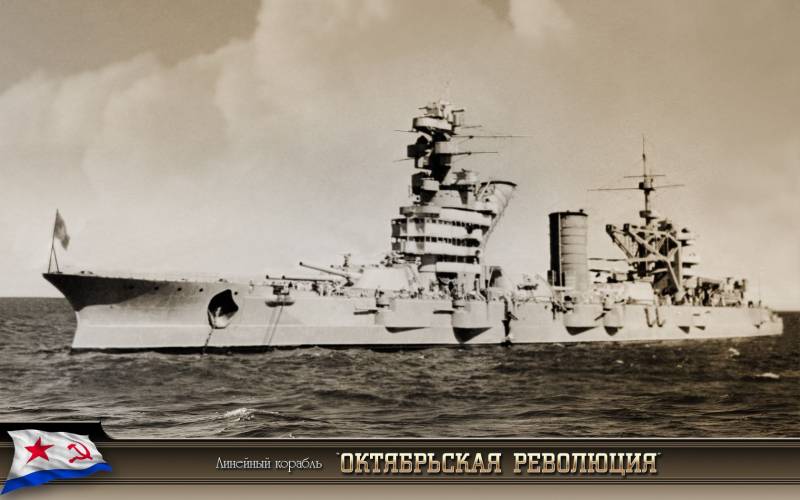
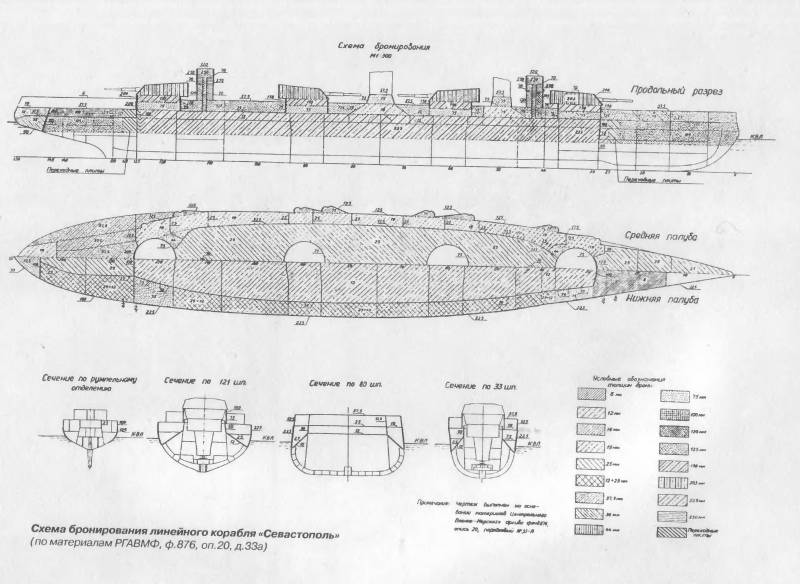
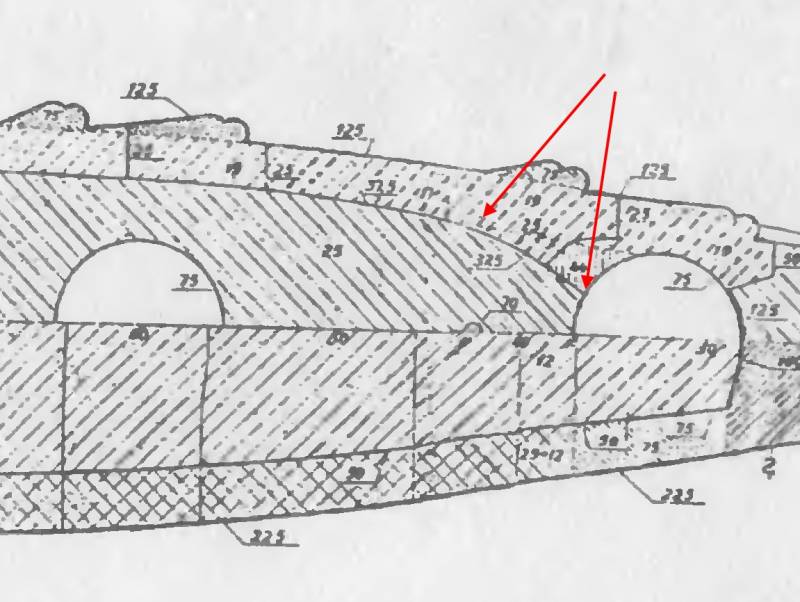
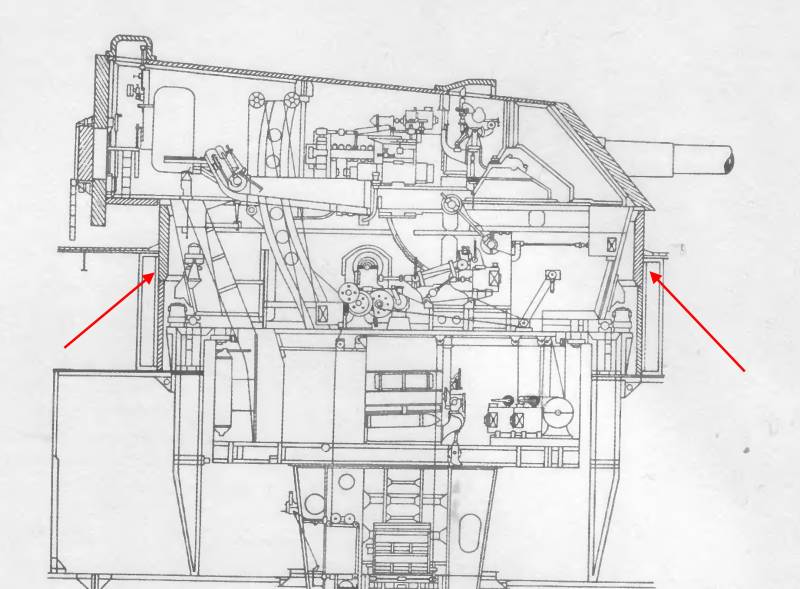
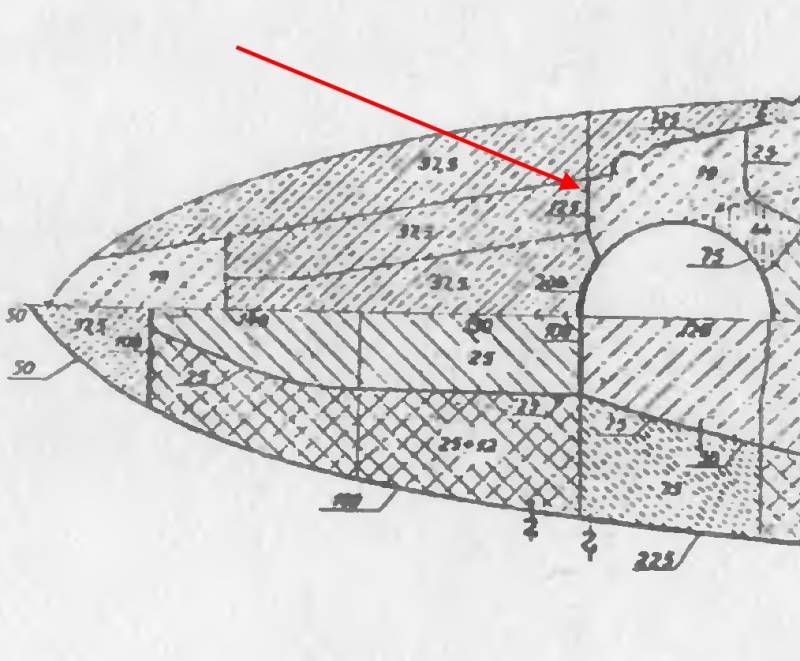
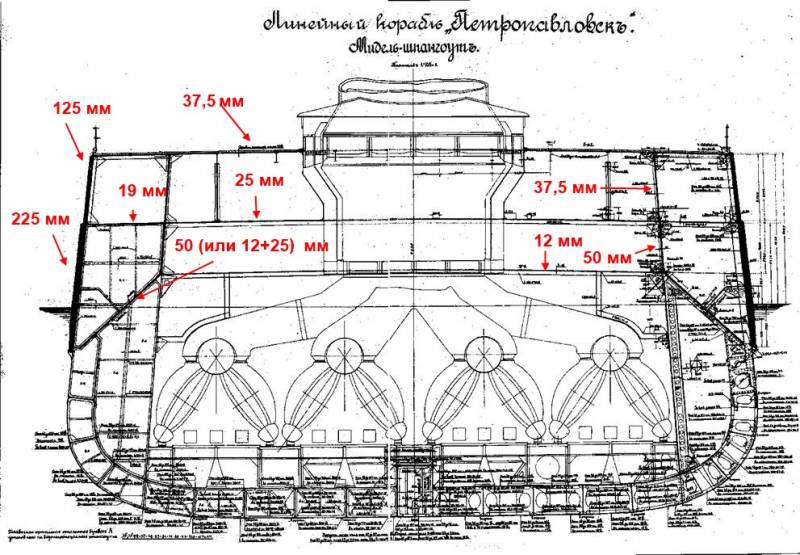
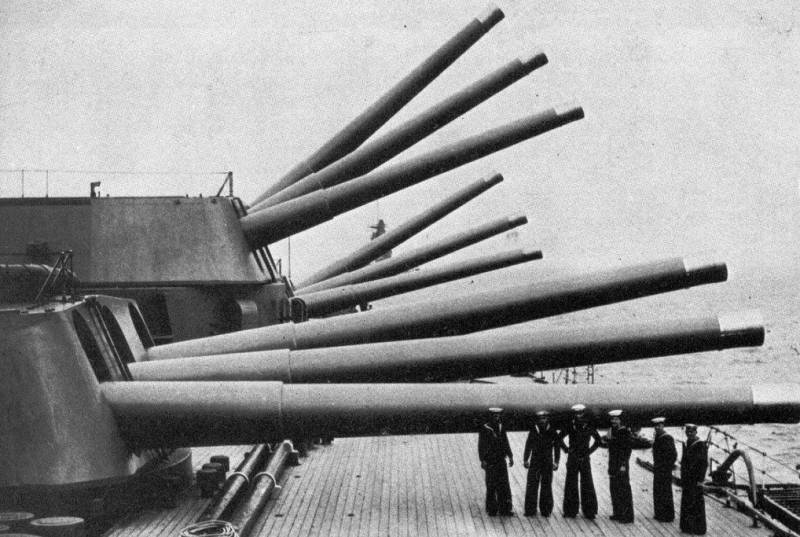
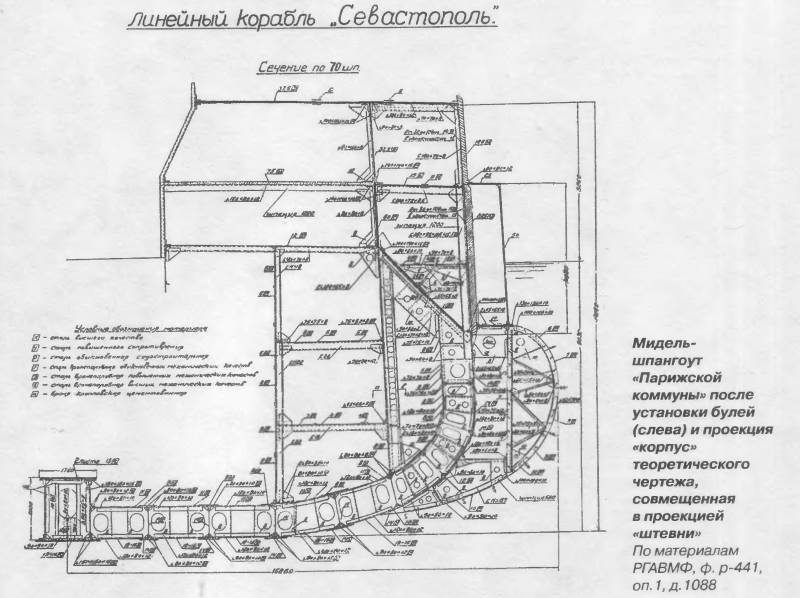
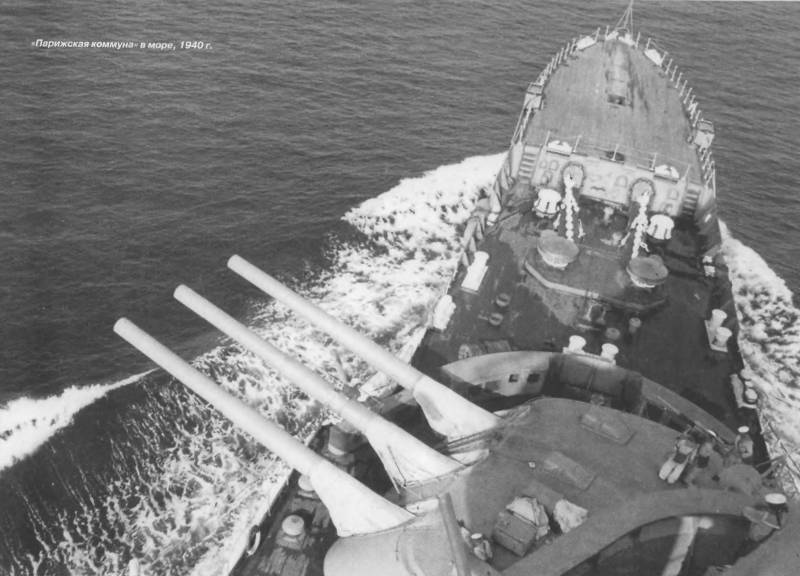
Information